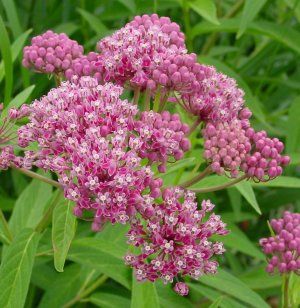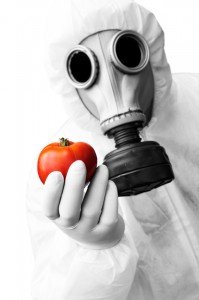Toxins from plants
2 min read
Most people enjoy strolling through gardens during the warm summer months and displaying freshly cut flowers inside their homes, but did you know that many plants actually contain potentially deadly toxins?Not all toxic plants grow in exotic forests. In fact, there are many that grow in our own backyards. The toxins in these plants originate from certain types of proteins and amino acids, alkaloids, glycosides, oxalates, phenols, resins, volatile oils, and phototoxins. One way of classifying plant toxins is on the basis of whether they are heat-stable or heat-labile. Heat-labile toxins include lectins, proteinase inhibitors, and cyanogens. Heat-stable plant toxins include antigenic proteins, condensed tannins, quinolizidine alkaloids, glucosinolates, gossypol, saponins, non-protein amino acids (such as S-methyl cysteine sulphoxide and mimosine), and phytoestrogens.
A good example of a well-known toxic plant is Milkweed. Milkweed is found in abundance across the United States. The source of Milkweed’s toxicity comes from Galitoxin Resinoid and Cardenolide. When eaten by cattle, it is often fatal. When consumed by humans, it often causes hypotension and hypothermia. Fortunately, there are treatments available for those who have been diagnosed with milkweed poisoning, including sedation and gastrointestinal detoxification.
Another toxic plant is Nightshade (Solanum dulcamara). This species belongs to the vine family and is found on three continents – North America, Asia, and Europe. The plant’s fruit is toxic for humans and animals, but not birds. As the plant grows, so does the level of its toxicity. When the fruit from Nightshade is eaten, humans display a variety of symptoms, including nausea, dilated pupils, blood in urine, and difficulty in breathing.
A third example of toxic plants is Black Cherry or Cabinet Cherry (Prunus serotina), which grows across North America. This plant contains cyanide, and death is certain for animals and humans that consume its cherry.
A final example of a toxic plant is Water Hemlock. Hemlock was made famous by its use as a punitive element in ancient Greece. Even Socrates, the ancient Greek philosopher, was put to death by hemlock poisoning.
The next time you take a stroll outside or display a bouquet of flowers at your dinner party, remember to wash your hands thoroughly after you come inside and finish handling the plants.






